Biden's plan to fix a broken border? Asylum seekers should remain in Canada
- Oops!Something went wrong.Please try again later.
- Oops!Something went wrong.Please try again later.
President Joe Biden's plan to fix a broken border just got the green light in Canada.
For months, Biden and his Canadian counterpart Prime Minister Justin Trudeau relied on their recently-hatched plan to restrict asylum seekers entering either country. But in Canada, the plan, a renegotiated Safe Third Country Agreement, faced a court challenge on the basis of whether the U.S. was in fact a safe country to return people due to its dysfunctional immigration system.
On Friday, Canada's highest court unanimously upheld in part that the agreement was safe to send asylum seekers back to the U.S., but the unanimous decision kicked back the issue of gender-based persecution, which the U.S. has not recognized in asylum claims, to a lower court.
More: What is title 42? What crossings at the Southern border look like now that the policy has ended.
The decision comes as liberal governments in both countries have sought to limit migrants amid mounting pressure from conservatives, while Biden has tried to walk a fine line on immigration – between opening legal pathways and border enforcement – in the run-up to the 2024 presidential election.
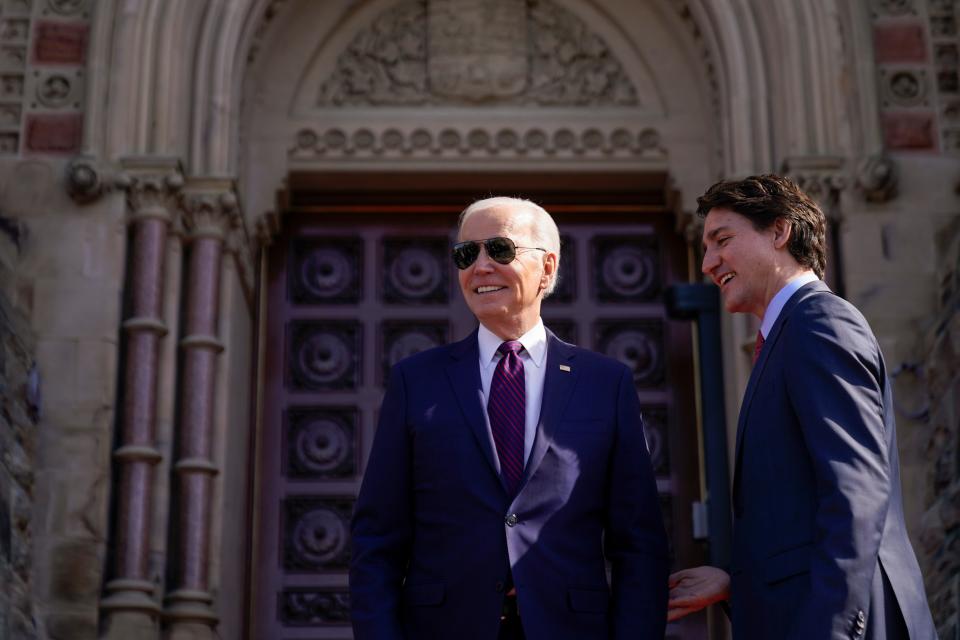
The agreement with Canada better aligns the northern border with the asylum process at the southern border after Biden ended the pandemic-era Title 42 policy, once invoked by former President Donald Trump, in May. At the same time, Biden implemented new measures to stem the flow of migrants. Now, for people seeking to enter the U.S. from Canada or Mexico, they must seek asylum in the first country they set foot in, either in Canada or Mexico.
“We now have consistency between our policies at the northern and southern borders,” Muzaffar Chishti, a senior fellow at the Migration Policy Institute, a U.S. think-tank, told USA TODAY.
Chishti called the agreement a “Biden-Trudeau success,” with negotiations occurring in 2022 that now largely survived Supreme Court of Canada scrutiny with Friday’s ruling. Biden and Trudeau unveiled their agreement in late March, during Biden’s first official visit to Ottawa, to clamp down on immigration in both countries.
Still, the debate around immigration won’t end especially as people flee from their homes in Venezuela, Haiti and other parts of Central and South America, said Christopher Kirkey, the director of the Center for the Study of Canada and Québec Studies at the State University of New York at Plattsburgh.
“This Supreme Court ruling may say this agreement is valid and is consistent with the Canadian Constitution, but the truth is that’s a bit of a snapshot,” he said
“This is going to continue to be a vexing public policy issue for Ottawa and Washington,” he said.
More: Group of migrants bused to downtown Los Angeles from Texas, Gov. Greg Abbott says
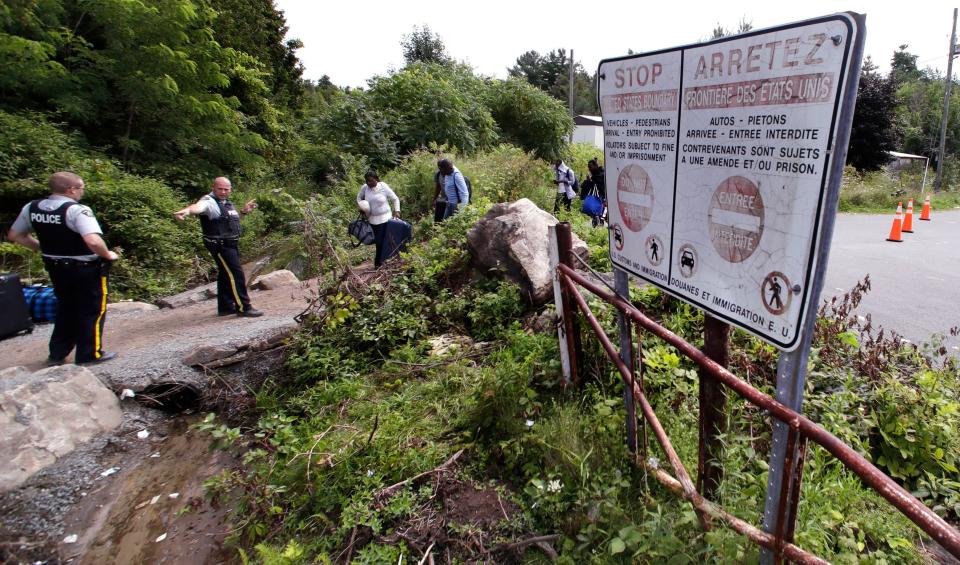
What's the Safe Third Country Agreement between US and Canada?
The 2004 Safe Third Country Agreement (STCA) allows the U.S. and Canada to turn away asylum seekers from either country because both were designated as “safe” countries to send people. Under the agreement, Canadian officials could return asylum seekers seeking to enter their country from the U.S., and vice versa.
For two decades, the agreement had a loophole that allowed asylum seekers to enter Canada from the U.S. via irregular ports of entry, such as at Roxham Road, a remote path in Upstate New York that passes forests and farms leading to Quebec. Roxham Road became a pathway for tens of thousands of people for two decades to cross into Canada, which led to upsurges in people crossing at the rural road from the U.S.
Why are migrants headed to the northern border?
The Trump administration enacted hardline immigration policies such as moving to end Temporary Protected Status, resulted in thousands of people – many from Haiti – heading to Canada for asylum. The waves of asylum seekers have shifted from continents and countries, though many have chosen to leave a backlogged U.S. immigration system that takes years to get in front of an immigration judge.
In contrast, Canada has been seen as more welcoming and easier to resettle in the diverse country of 40 million people.
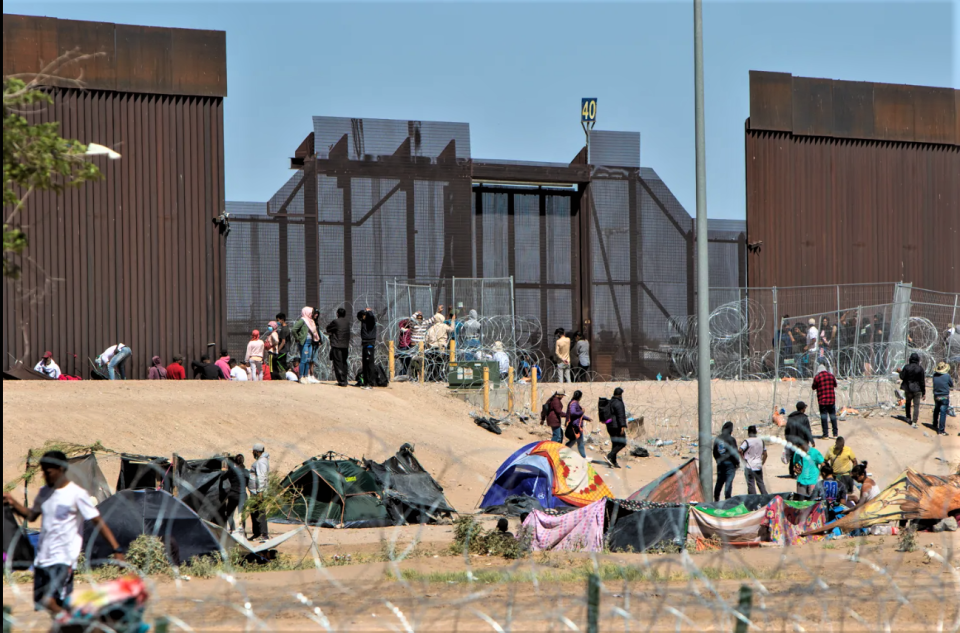
During Biden's visit to Canada, he and Trudeau announced they would tighten the agreement to turn away irregular crossings, forcing people to regular ports of entry to make their claims under limited exceptions allowing them to enter. Under the new deal, Canada agreed to offer 15,000 more people from Western Hemisphere countries to seek asylum.
The agreement took effect March 25 at midnight, a day after Biden and Trudeau announced their new deal, officially closing Roxham Road. However, the two countries signed the expanded policy a year ago, as early as March 2022, per U.S. Federal Register rulemaking.
In 2022, close to 40,000 people crossed into Canada from the U.S. seeking asylum, according to Royal Canadian Mounted Police figures. Experts have noted nearly all came via Roxham Road, into Quebec.
In 2023, crossings into Canada, nearly all through Quebec, totaled more than 4,000 each month. But by April, the first full month the new agreement took effect, it dropped to 85 people.
Early in 2023, the U.S. saw increases in people crossing from Canada near a remote stretch of border from New Hampshire to New York, prompting outcries from House Republicans who formed the Northern Border Security Caucus.
Observers have warned that the new agreement, in closing Roxham Road, will force people to make more dangerous treks into either country, much like the border with Mexico.
The numbers at the northern border are far fewer than the southern border. The 2022 fiscal year saw U.S. border agents encounter 109,000 people at the northern border, compared to 2.3 million at the southern border.
How was the agreement challenged?
Canadian immigrant advocates and some left-leaning politicians questioned whether the U.S. was indeed a safe country under Canadian law because of the American process to claim asylum and the conditions of immigration detention systems that migrants often face when they’re rejected from Canada.
Conservative Canadian politicians and officials in French-speaking Quebec, meanwhile, have sought to clamp down on border crossings. Quebecois officials have complained about the disparate burden their province faced in accommodating asylum seekers.
The agreement faced court challenges for violating the Canadian Charter of Rights and Freedoms by sending people to the U.S., which often places migrants in immigration detention or deports them to the country they fled. The Supreme Court of Canada heard oral arguments in October.
“The Supreme Court holds the regulations designating the United States as a safe third country do not infringe refugee claimants’ rights to liberty and security of the person,” the Supreme Court's brief read.
The court upheld the basis that the U.S. was a safe country, though allowed the appeal in part, which said “refugee claimants may be exempted from return to the United States” if their charter rights for liberty and security were at risk.
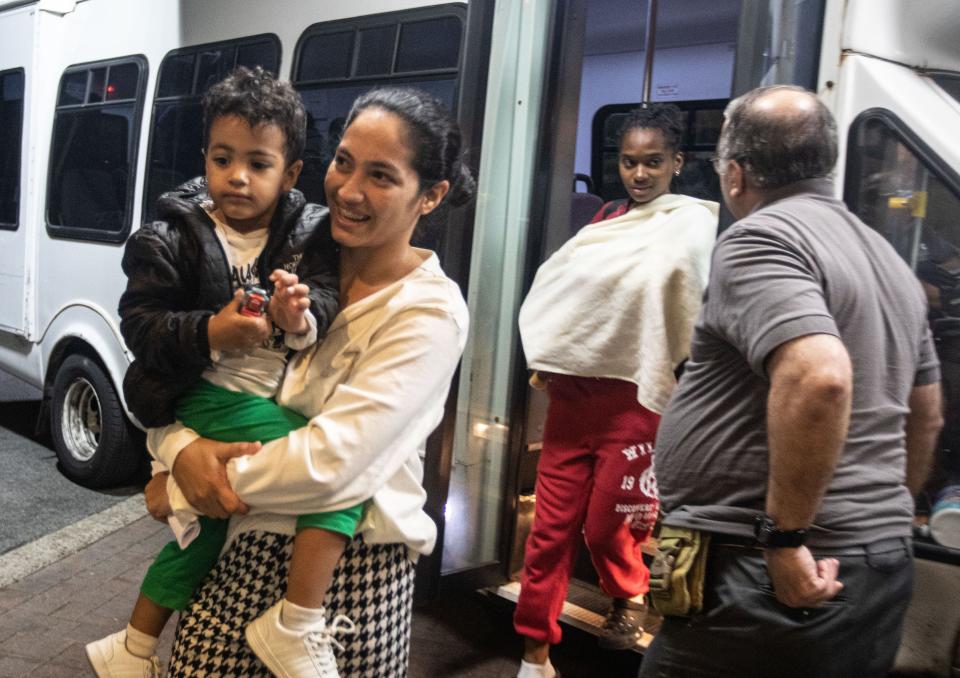
What else did the court decide on?
In the unanimous court decision, Justice Nicholas Kasirer wrote that designating the U.S. as a safe third country doesn’t breach the charter. However, he did agree with the risk of detention of migrants returned to the U.S., and with some aspects of detention conditions. The court returned the issue of gender-based persecution, which advocates say the U.S. flouts international refugee standards, back to the lower federal court.
“We have to ensure this is not a race to the bottom,” said Maureen Silcoff, a Toronto immigration attorney who co-counseled to intervene in the case on behalf of the Canadian Association for Refugee Lawyers. “We see in multiple countries and regions that the door is being sealed, but we have to act in accordance with international standards, not what’s politically expedient at the moment.”
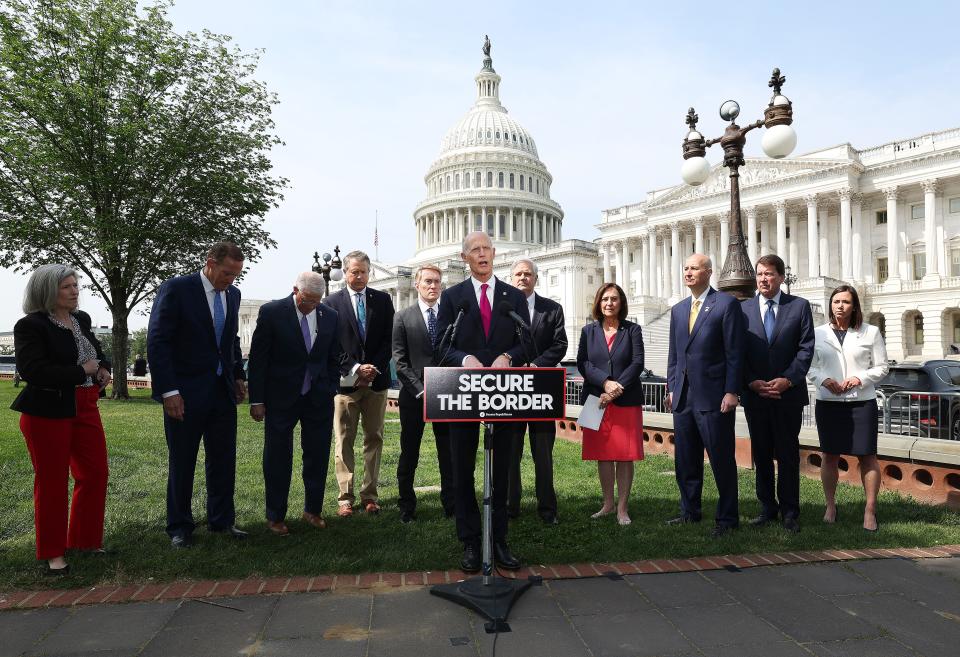
Biden restricts asylum claims at both borders
The updated agreement complements Biden administration policies at the United States’ other border, which has seen an influx of people seeking asylum, many from Venezuela and parts of South America.
In May, the U.S. ended Title 42, a public health law implemented by Trump during the COVID-19 pandemic to restrict people from entering the U.S., including with asylum claims.
For two years, Biden kept the policy in place before recently returning to prior immigration law that allows asylum seekers to present credible fears with asylum officers or before an immigration judge. The administration also now uses expedited removal for people who enter the U.S. without permission. Now, people seeking asylum are expected to use an app to schedule an appointment at ports of entry.
Eduardo Cuevas covers race and justice for the USA TODAY Network of New York. He can be reached at EMCuevas1@gannett.com and followed on Twitter @eduardomcuevas.
This article originally appeared on USA TODAY: Biden's deal to keep migrants out of US greenlit by Canada court

